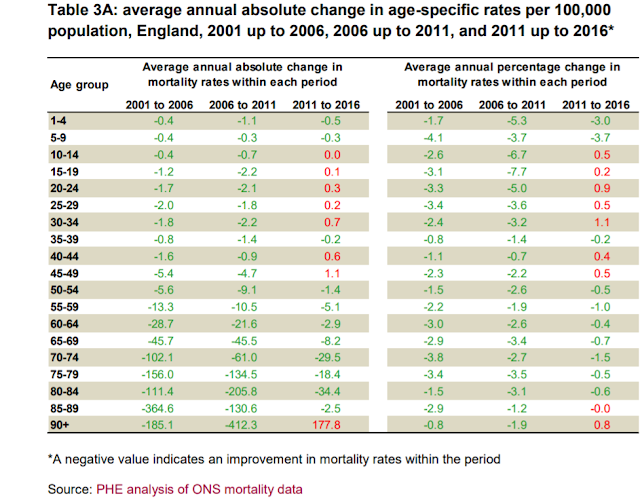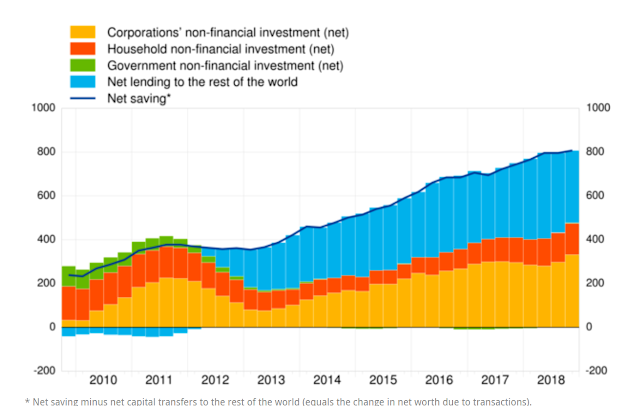Despair deaths and regional inequality

I can't stop looking at this table. Mortality rates in England rose between 2011-16 for teenagers and most working-age adults under 50: That's bad enough. But what should give all of us pause is the reason that Public Health England (PHE) gives for rising mortality among young and middle-aged adults: Among people aged 20-44, an increase in mortality rates from accidental poisoning had a negative effect on life expectancy between 2011 and 2016 of -0.06 years in males and -0.11 years in females.... Data from ONS indicate that in this age group, over the whole period from 2011 to 2016, 70% of accidental poisonings were due to drug misuse and 10% were to alcohol. PHE also notes a slight increase in male mortality rates due to cirrhosis, which is in the top 10 causes of death for men. Among women, suicide is playing a slightly larger role: An increase in the female suicide rate in the 20-44 age group also had a small negative effect on life expectancy between 2011 and ...


